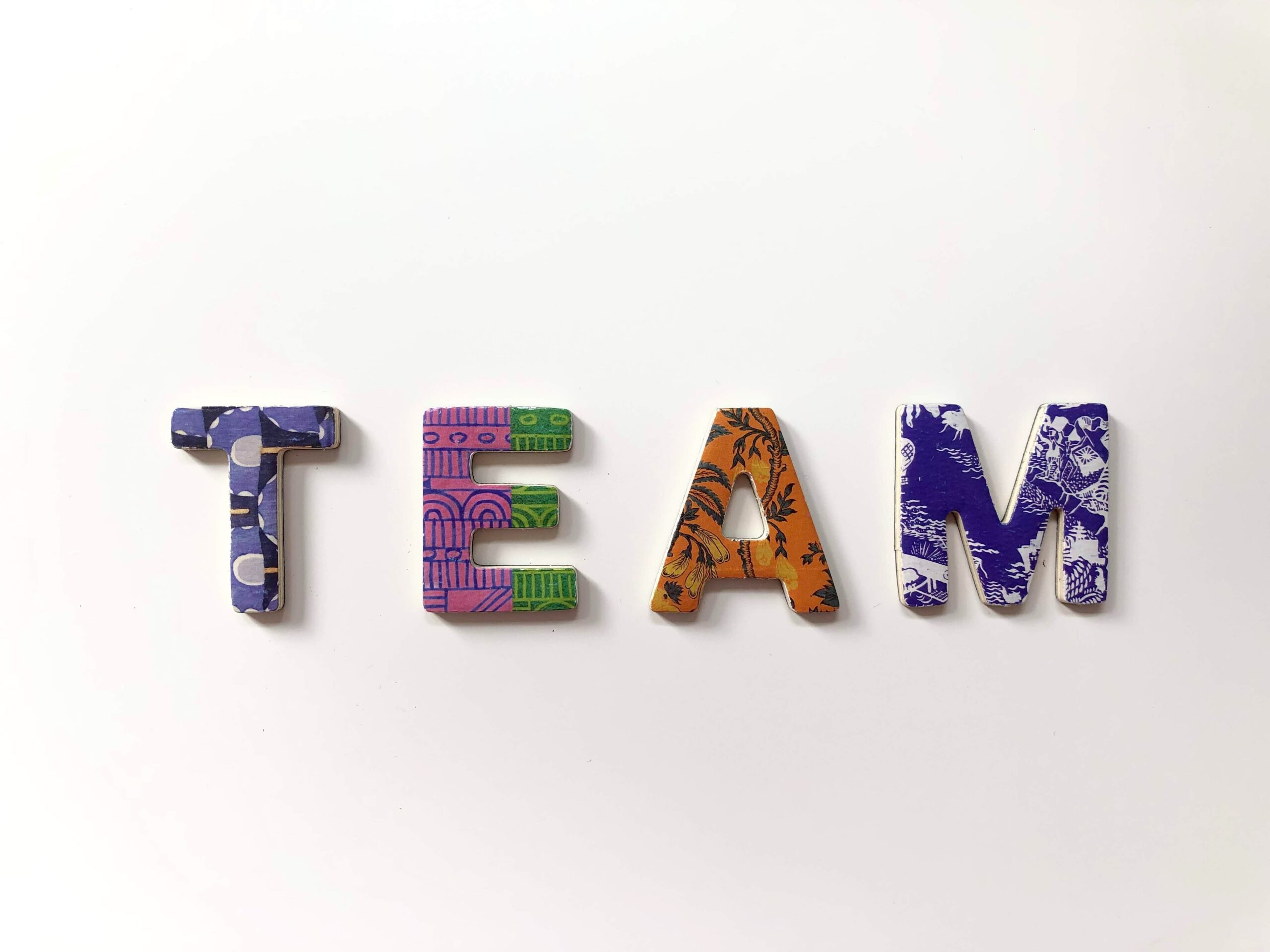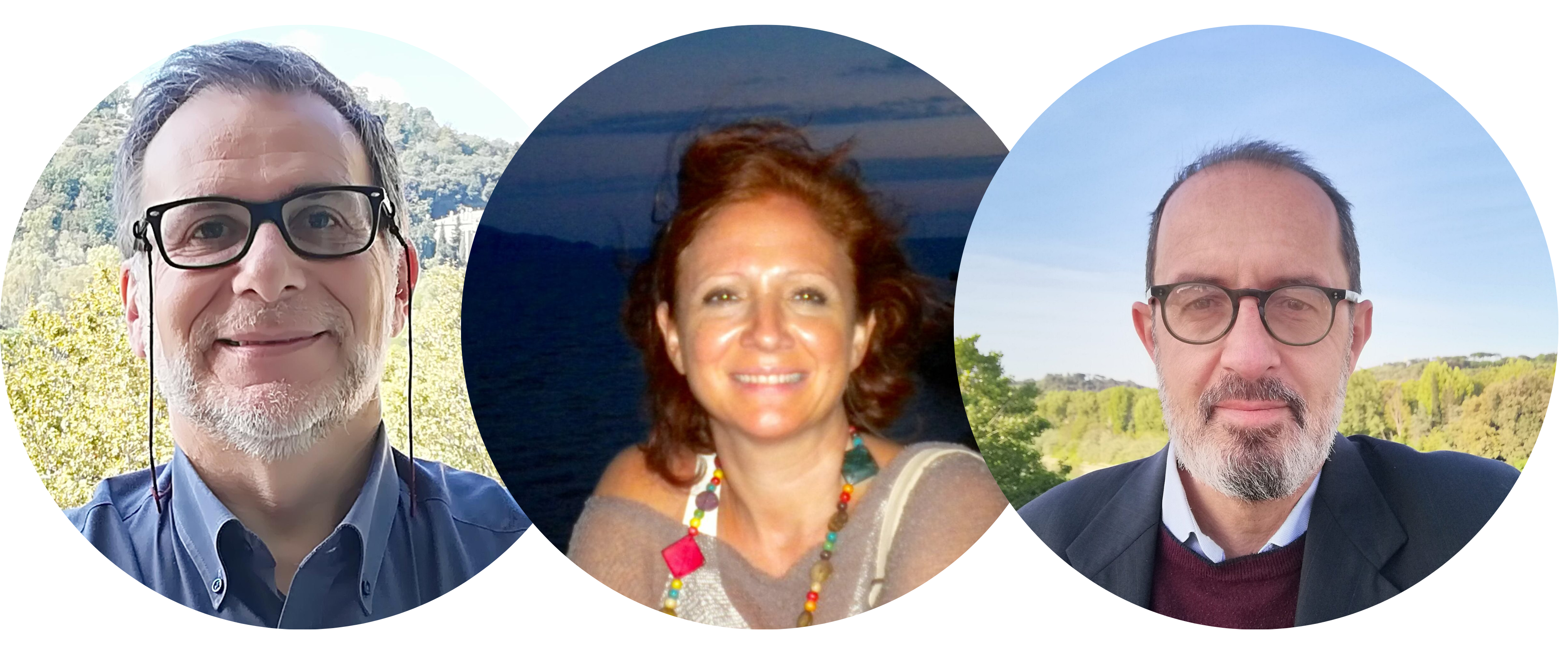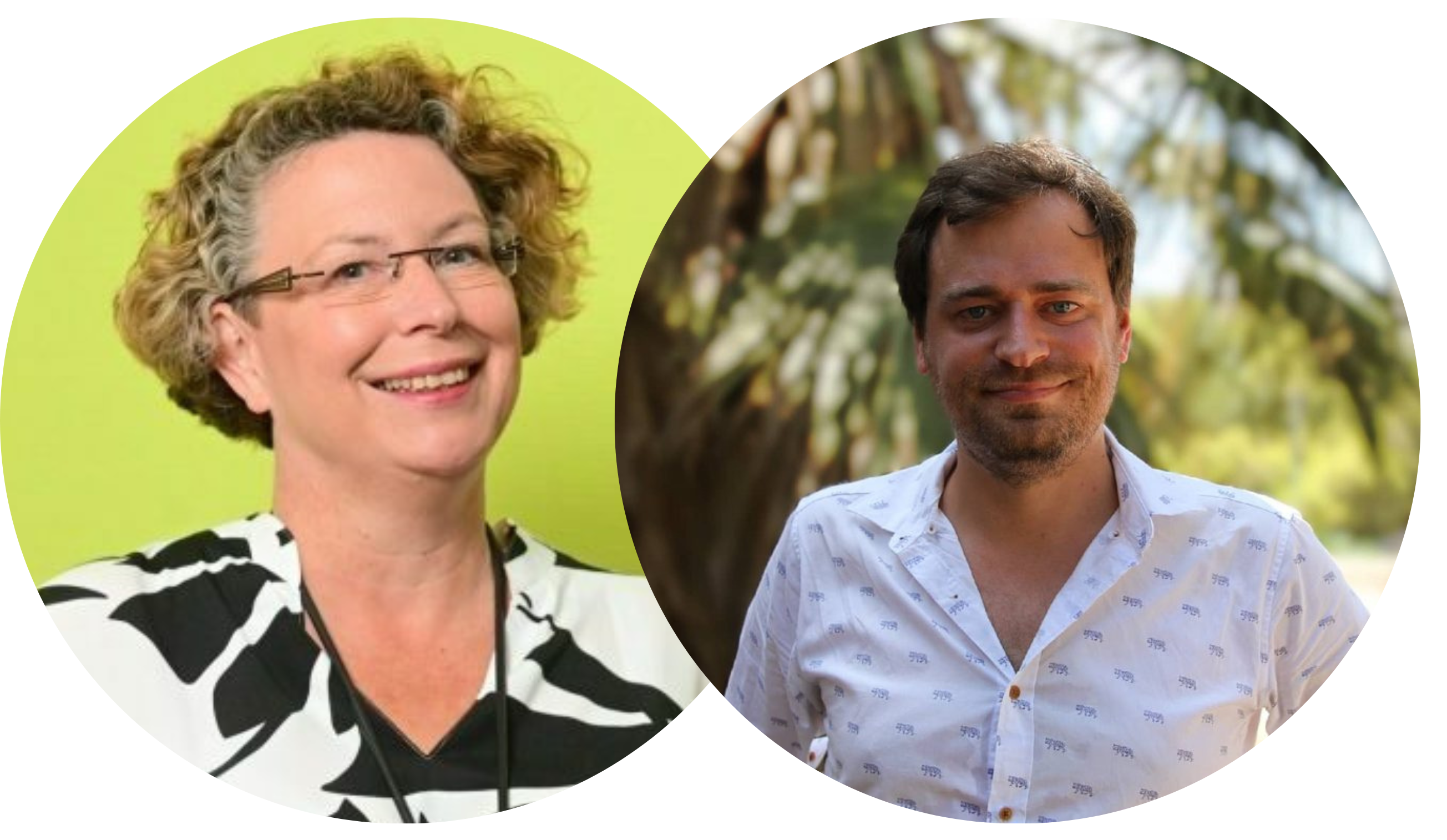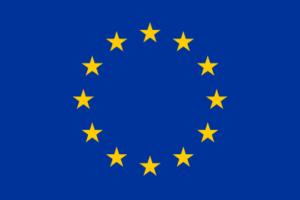#Episode 4
For our last Meet the team, we would like to introduce our friends from Knowledge & Innovation (K&I), EUSEA, and Science for Change (SfC).
These horizontal partners play a key role in supporting Step Change in a variety of ways, we ask them a little more about their role within the Step Change ecosystem and also to share a few personal insights about themselves.
What do you expect from your participation in STEP CHANGE?
K&I has been engaged for over 10 years in studying the changes affecting science and its institutions and, above all, the relationship between science and society in the context of late modernity.
Step Change offers the opportunity to deeply analyse one of the phenomena that is most transforming the relationship between science and society, namely the growing importance of citizen science in research and policymaking. Indeed, it is rare to have the possibility to evaluate and study 5 citizen science initiatives (CSIs) in as many countries under the same project. Observing the CSIs allows us to detect the presence of recurring processes and obstacles, to grasp the possible impacts of citizen science on the organizations involved (especially research ones), and above all to think about how citizen science can support science in strengthening relations with society, given that such relationships are becoming increasingly difficult and complex to manage.
Thus, we expect to generate new practical and even theoretical knowledge on citizen science in general and to provide some valuable orientations about how citizen science can be used to promote an enhancement in science-society relations and to promote changes in the same internal practices of science to make them more open to the increasingly necessary contribution of other kinds of knowledge (e.g., experiential knowledge, political knowledge, expert knowledge) to produce high-quality scientific outputs.
Could you mention a successful project directly involving citizens that you had the chance to lead/participate in? What have been the keys to its success?
We had the chance to participate in different projects where participatory mechanisms were used or analysed, including PE2020 (a project focused on public engagement) as well as FIT4RRI, RESBIOS, and GRACE (focused on the implementation of Responsible Research and Innovation). In these projects, we assisted different research funding and performing organisations to activate participatory mechanisms to involve citizens and stakeholders. Some organisations have been particularly effective in promoting participation. There are some lessons to be drawn from these experiences.
Firstly, participation cannot be taken for granted. Research institutions often think that people and stakeholders automatically participate once their doors are open. On the contrary, participation requires that people could be motivated to participate and should get clear benefits from participation, including having the power to influence future decisions. Secondly, researchers and research institutions should be also clearly motivated to favour participation. In some cases, they decide to participate in EC-funded projects where citizen participation was involved not being fully aware of the reasons underlying their choice. The relevance of participation often becomes progressively clear to them only when they start trying to introduce participatory mechanisms in their routines. Moreover, participation is not always necessary. In many circumstances, it could make the process unnecessarily complicated or controversial. Participation is not an event but a process, which develop over time with different level of intensity. Looking for the highest level of participation at any moment and phase could not be always the best option. For this reason, the most innovative or fascinating methods can also be the least appropriate. Sometimes the simplest methods could be the best option. Finally, participation rarely is a smooth and linear process. It might create tensions and conflicts among individuals or stakeholders or could imply delays and drawbacks. Those who manage the participatory process should be ready and have the skills to manage these issues appropriately.
Think about Citizen Science and choose a favourite recipe. What would it be and why?
It is difficult to associate a specific recipe with citizen science. The first thing that comes to mind is a type of artisan dry biscuit called “Ugly but good“. As the name says, they are not very beautiful to look at, but they are very good to eat. I believe the same criterion should be used with citizen science. It shouldn’t be done to make a project more beautiful, as if it were a decoration, but rather to make it more effective. This requires a lot of attention, creativity, realism, and the ability to adapt tools, methods, and objectives according to the context. This is to say that citizen science can sometimes be more complicated than expected.

What do you expect from your participation in STEP CHANGE?
The main purpose of EUSEA in the StepChange project is to help communicate the great work all of our partners do! It involves working very closely with all of the consortia, and we would literally have very little to do if it wasn’t for the work of the fantastic Step Change team. It is always a pleasure to hear them share their experiences!
We are here to make the project look good, and with a team like this, that is not a difficult task.
But in addition to singing the praises of the Step Change project, we also help to build relationships, creating links between stakeholders, researchers, related project coordinators, and the general public. And we also translate the work that has been done, into a format that is easy to digest, and for audiences of all kinds.
As science communicators, we want to share stories about research and inspire others to learn more and to be as excited to engage with the content we share, as those who are doing the work, and hopefully inspire others to either adopt citizen science approaches in their research or to become a citizen scientist themselves.
Could you mention a successful project directly involving citizens that you had the chance to lead/participate in? What have been the keys to its success?
Over the years EUSEA has had the privilege of working with so many different types of projects, focusing on dissemination and communications, of course. But of those, one of the most recent projects which had public engagement as a major tenet of the core project has been ResBios.
The ResBios project was an initiative that provided support for bioscience research institutes to implement positive institutional changes using the Responsible Research and Innovation (RRI) framework. With a particular focus on the RRI keys of: ethics, open access, gender, education, and public engagement.
Through the work of the ResBios project, we managed to not only implement a number of new policies which promoted these ideals within our partner institutions but to also create a network of stakeholders who are committed to promoting RRI and increasing the transparency of responsible research practices within the fields of bioscience research.
The RRI framework does share some ideals with Citizen Science practices, most notably the importance of including contributions from multiple types of stakeholders (within the quadruple helix), as well as building bridges between research and the communities science is trying to benefit.
To learn more about the ResBios project, click here.
Think about Citizen Science and choose a traditional recipe. What would it be and why?
When I think of Citzen Sceince I instantly think of the collaboration between all the different partners and how they all work together to become something greater than the sum of their parts. Of course, this could be applicable to most food recipes (all needing involving a multitude of ingredients to create the end product). But as I am sitting in cold and wet England at the moment, my mind goes to something warm and comforting. So the recipe I would like to share is a traditional English stew.
There is nothing better on a cold wet day than sitting around a dinner table with a big pot of food, and just digging in with your friends and family! Perhaps with a loaf of crusty bread to mop up all the delicious juices and you go and not letting anything go to waste!
And when I think of both the process of cooking and eating this family favourite, it makes me think of how we approach citizen science. You can not rush a good stew and the same can be said for effective collaborations. And as each of our partners throws in more ingredients, stirs the pot and lets them simmer away, the flavours continue to combine to become something greater than the sum of their parts! Although it is hard to determine at times how not including one of these contributions would affect the dish in the end, their inclusion is very much appreciated when it comes to taking those first few bites. And it makes you just very happy and warm inside to think of how these flavours have come together, in such a familiar way.
Although I do not usually follow recipes when I cook, I have included one here, so if you are feeling the winter blues, try making a stew for yourself, friends or family, and think about all the people who make what you do, just that little bit better.
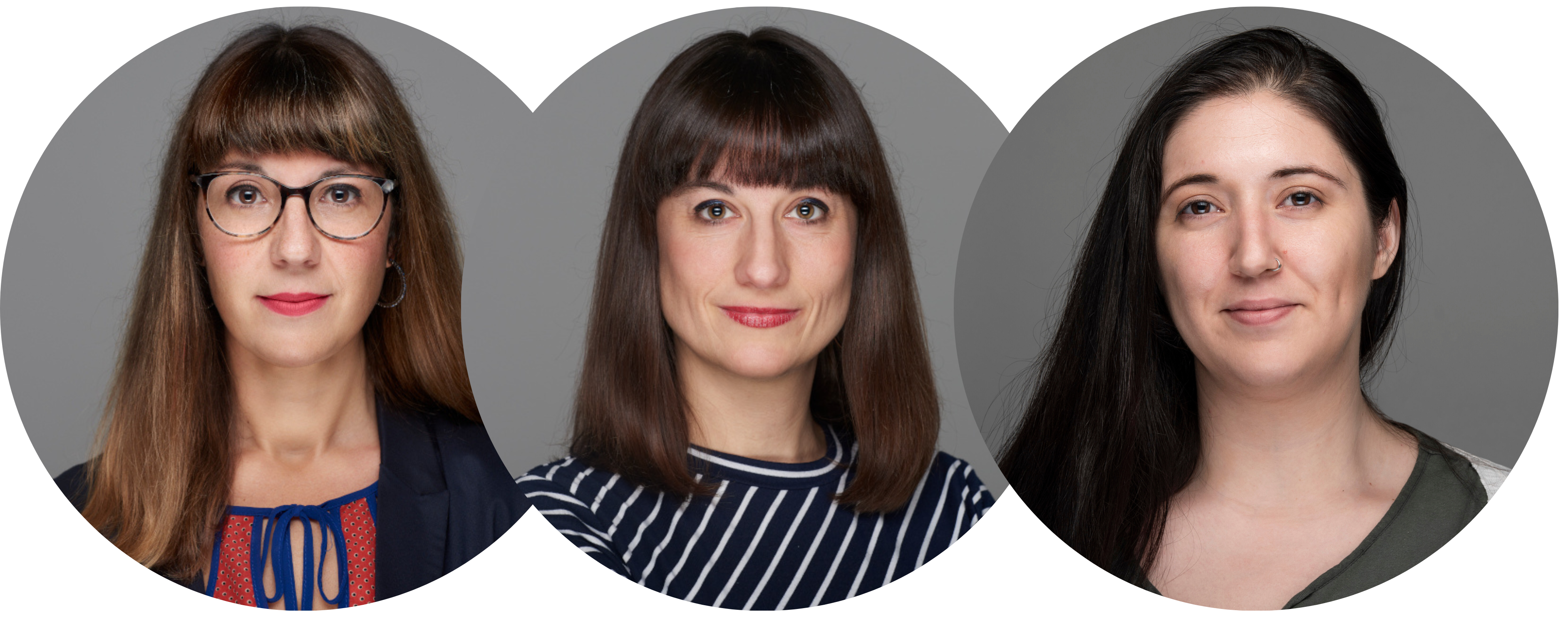
What do you expect from your participation in STEP CHANGE?
SfC is one of the supporting partners for the five CSIs in STEP CHANGE. Our role is to entangle CS strategies by making CSIs more socially robust, inclusive and diverse. During our work within the Scoping Process phase, SfC helped to ensure that the synergies between each CSI and the region where it takes place is well established. We helped to socially anchorage the CSIs by creating a protocol for citizen scientists’ recruitment and stakeholder engagement, identifying relevant stakeholders, and establishing institutional arrangements for implementation. Besides, we created a dialogue space where each CSI had the opportunity to discuss their main concerns and challenges to co-create ad hoc solutions together, because when it comes to stakeholder engagement, the diversity of the group is key. Inclusive groups tend to be more productive, and they perform better. Since citizens participating in science have been traditionally part of the upper literacy class, in STEP CHANGE we all wanted to try to break that down and be really diverse by recognizing stakeholders in each location and making them aware of the valuable local knowledge they can provide. We really hope to keep this work approach until the end of the project, so we can demonstrate the importance of inclusiveness and diversity in scientific results. and making them aware of the valuable local knowledge they can provide.
Could you mention a successful project directly involving citizens that you had the chance to lead/participate in? What have been the keys to its success?
SfC was born in 2019 positioning itself as a key European SME in citizen science, informed-based policy, collaborative research, and scientific communication. Overall, it was founded from the will to tackle societal, environmental, and health challenges affecting communities by using innovative solutions through citizen science and participatory methodologies. Currently, SfC is part of more than 11 European projects focusing on health, circular economies, scientific communication, and many more issues. All of them are currently using citizen science as a base. Our view of citizen science resonates more with the extreme citizen science model. Just to mention a few of them, in HOOP we co-created the design and implementation of a citizen science app on circular economy applied to 8 European cities. We also coordinate the biowaste clubs in the region of Murcia (Spain). IMPETUS aims at setting up a citizen science innovation program for exploring innovative funding schemes and boosting recognition. Finally, we are the coordinators of NEWSERA and co-coordinators of the upcoming COALESCE project which both aim at integrating citizen science into science communication as a tool to open up science and innovation to society and promote science literacy.
Think about Citizen Science and choose a traditional recipe. What would it be and why?
To make any dish taste its best, we need to first understand the geography of the land, the history of the region, and the character of its people. For this, SfC chooses Gazpacho. This vegetable cold soup is the epitome of Spanish gastronomy. Just as Citizen Science, food is a product of its environment, and Gazpacho is originally from the south of Spain: Andalucía, known for its warm weather, mountains, rivers, and fertile lands, ideal for the cultivation of vegetables. Besides, just like the bottom-up approach in Citizen Science, Gazpacho is not the creation of any king nor famous chef, but the idea of rural villagers who needed something quick, fresh, and healthy to keep going. All they had was stale bread, garlic, and leftover vegetables. So they pounded all of them together, and olé, the Gazpacho was born. And here comes the best part for us, just as Citizen Science, Gazpacho breaks guides, molds, and protocols.
In Spain, there are as many Gazpacho types as there are grandmothers. The only measure of a good Gazpacho is if it tastes similar to the one of your Abuela. In SfC we apply the same “Gazpacho” approach by co-creating Citizen Science strategies adapted to the interest and needs of the project and citizens.

In case you need some more food inspiration and want to have a look at the answers to these questions given by other project partners – Click here to find out more about other team members.
